February Update: Complete Prototype
Anno
February has been an exciting month for the Quarry Lane InvenTeam, filled with preparations for the upcoming Mid-grant Review Presentation, meetings with outreach partners, reorganizing the website, and joining social media! In the weeks leading up to the Mid-grant Review, team members have been working tirelessly to create presentations. Invitations have already been sent to the community partners, and the event will soon be announced to the school as well. A team instagram account was created as a method of outreach and publicity, welcome to chereit is encouraged to be shared and explored here.
Register for the Mid-Grant Review (March 1st @ 4:30pm PST)
https://mit.zoom.us/meeting/register/tJcscuGrrj8oH9DFntqpQtaQYq1c5nvbDdiI
Instagram Post Previews
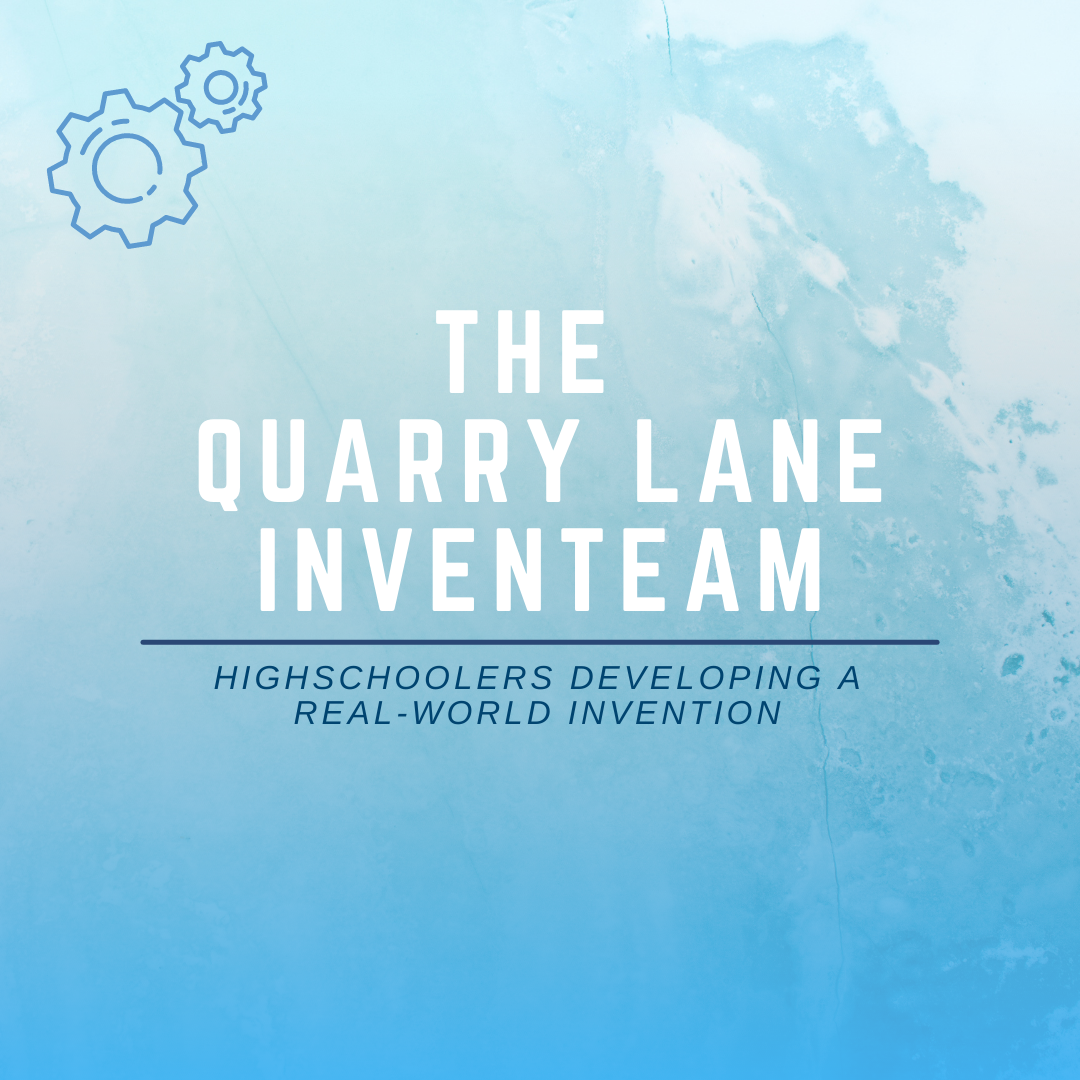
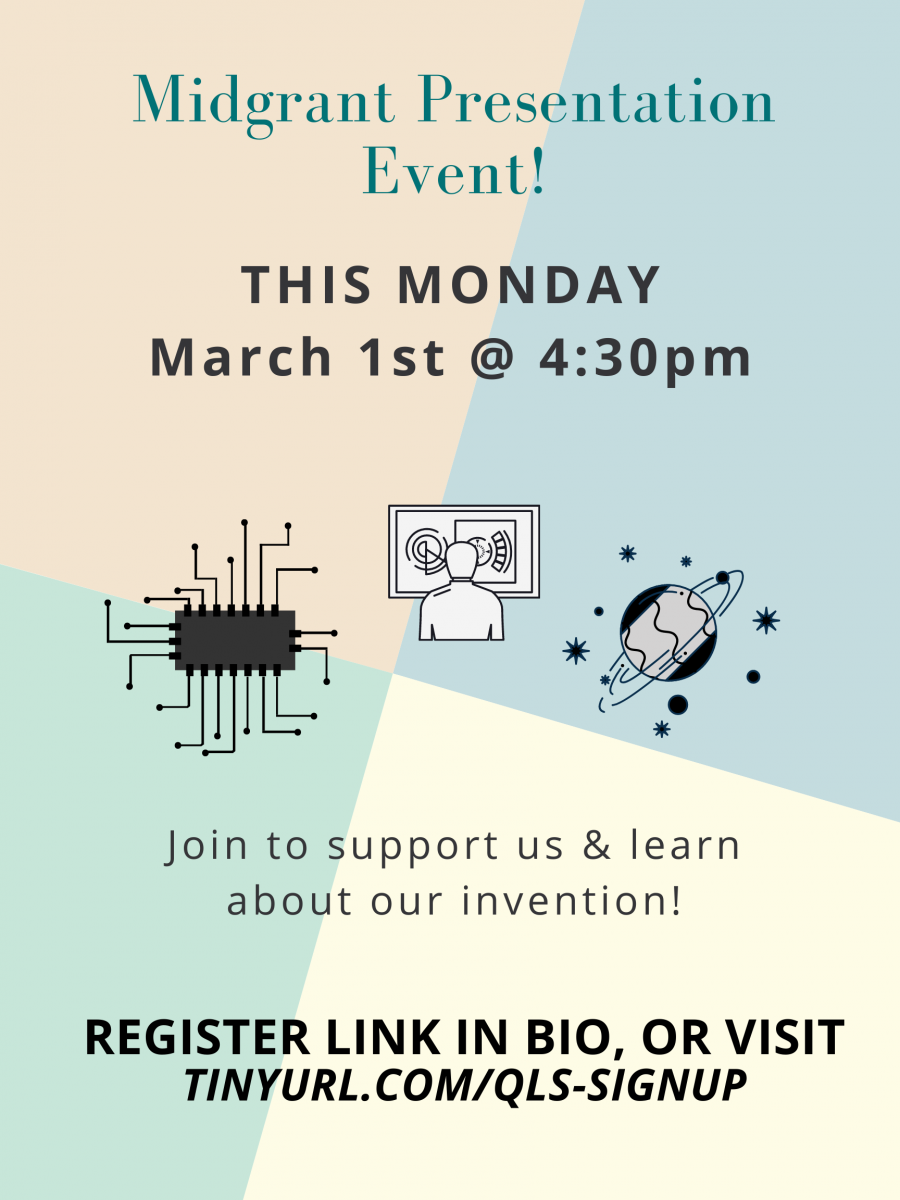
This month, the team met with their outreach partners to catch up and discuss next steps, as well as get acquainted with Kevin Bella, a basketball coach from the California School for the Deaf. Ms. Ayres and Ms. Martinez both expressed interest in exploring a coach’s control as a next-step to the project. Ms. Martinez offered possibilities of meeting outdoors with some deaf athletes to test the prototypes, indicating an advancement to the feedback and testing phase.
Last but not least, despite facing the challenges of 100% virtual collaboration we're proud to present a fully-functioning prototype! When pressed, an electronic whistle emits a tone and wirelessly triggers a player-worn armband to vibrate.
Full Prototype In-Action

Prototype Development
Pausing the exploration of an alternate visual solution has allowed the team to focus their efforts on a fully-functional haptic wearable, and the early weeks of February have displayed astounding advancements of a complete and working prototype.
Transmission Method
Explorations for a transmission method have been concluded with a decision to go with radio transmission. Compared to Bluetooth’s restricted one-to-one pairing, the NRF radio allows up to 6 devices to connect. This option opens up possibilities of having multiple receivers, for an entire team of deaf players, or adding multiple transmitters, for implementing a coach’s trigger device. Additionally, the NRF radio transceivers are compatible with Arduino and easier to program than the LoRa and Zigbee systems, which are intended for complex data transfer networks.
Radio Transmission Demonstration
Haptic Prototype
Vibration Motor - Experiments to determine the most ideal vibration motor have continued, though the team has reached a hindrance in powering the LRA motor due to its requirement of a sine wave signal. On the other hand, the cylindrical ERM motor accepts a DC signal and is successfully functioning. Though its high levels of battery consumption make it unideal for future prototypes, it has been deemed sufficient for the current device while the team attempts to get the LRA motor to function.
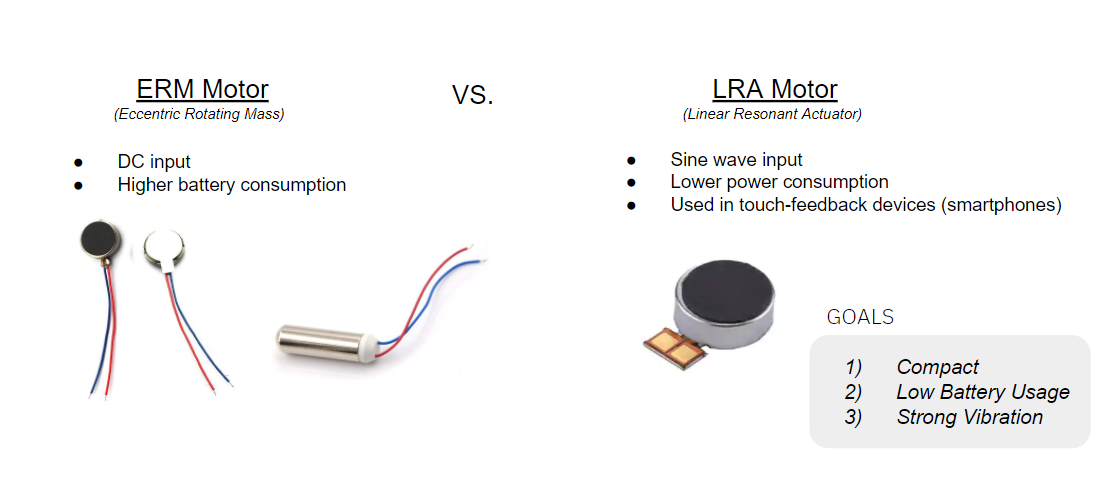
Housing - Perhaps the most significant improvements to the prototype have been reducing the size of the electronics and designing a housing. By soldering custom-length wires to an Arduino Nano the accompanying electronics, the overall footprint of the device has been greatly reduced. One team member has also sewn armbands specifically tailored for the electronics. They made multiple versions and concluded that velcro is more suitable, as it is more comfortable to put on than a stretchable armband. The current device is now a size that could be adequately worn during sports.

Next Steps - Further efforts to make the haptic device as unobtrusive as possible are planned, with the next steps involving a custom PCB board. This compact circuit board is short for “printable circuit board”, and contains circuits embedded into the board that can specifically cater for our device, ideally reducing the necessity of wires and increasing durability. Though the team has little experience in the field of electronics, they have ordered a custom PCB board based on an online tutorial project that is currently being shipped from JLCPCB. This prototype will hopefully allow the team to get better introduced into this new field to make their own versions in the future.
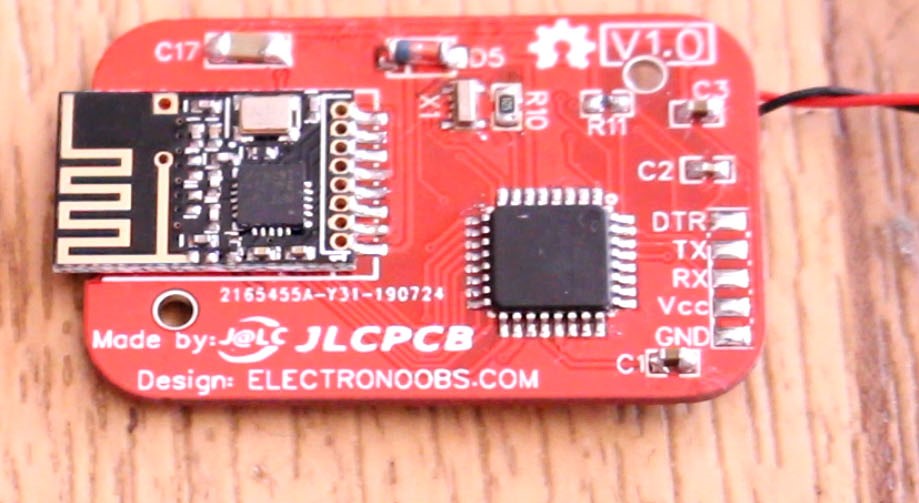
Trigger Device
Progress for the trigger device module has progressed rapidly to the point of a working prototype. The team plans to incorporate their trigger into an electronic whistle, such that pressing the button will cause the whistle to emit a tone and send a wireless signal causing the player’s wearable to vibrate. Incorporation with an electronic whistle is especially fitting considering the pandemic situation, as many referees are opting for this electronic alternative rather than a blown whistle.
Currently, the team is developing two versions of the prototype. The first involves taking apart an existing whistle and modifying the electronics, a task which is still in-progress. The second prototype is a custom whistle that produces sound using an wired-in active buzzer. A version of this whistle is shown in-action, complete with a sleek laser-cut acrylic housing and an on/off switch. (full demonstration in the video above)
.jpg)
.jpg)
.jpg)
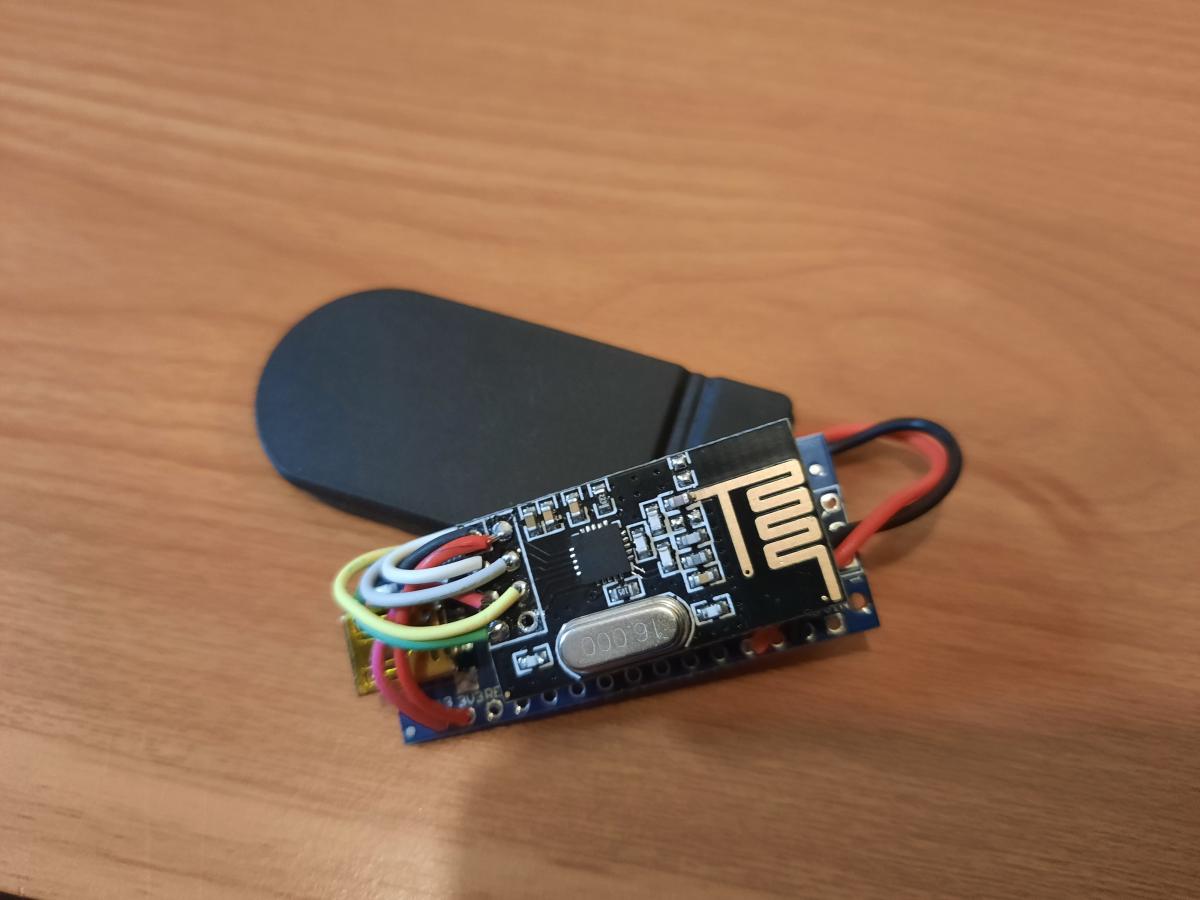
Modified Electronic Whistle (in-progress)
.jpg)
Next Steps
Before the mid-grant review on March 1st, team members will continue refining the prototypes and preparing the presentation. Tests of the full prototype will also be done to obtain a new set of reaction time data points. The months ahead bring more positive prospects, with possibilities of testing alongside the deaf community thank’s to Ms. Martinez’s help.
Next steps for the prototype involve adding multiple receiver devices to accommodate for more players, adding a coach’s control wherein outreach partners expressed interest, and finally adjusting the wearable for use in sports beyond basketball.

